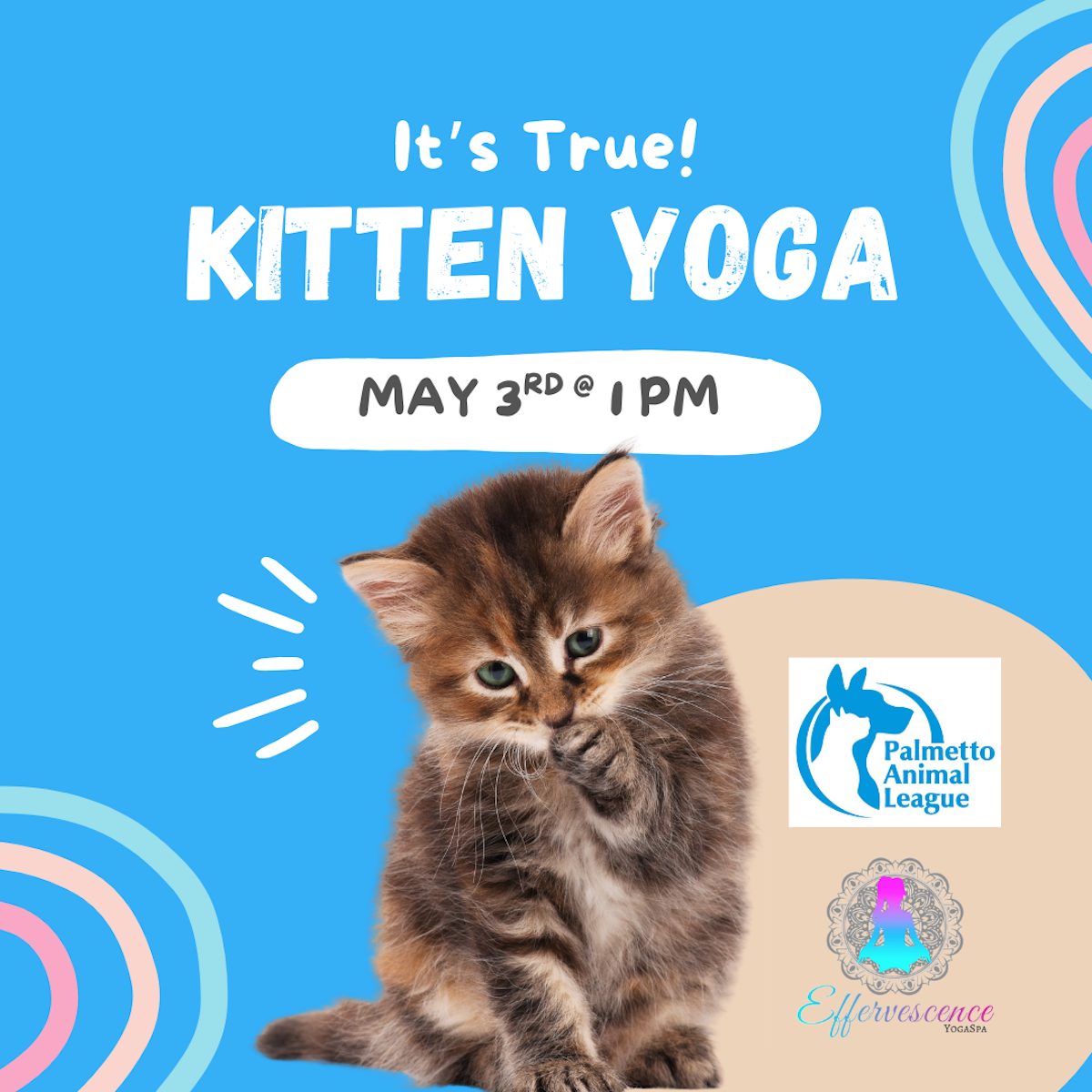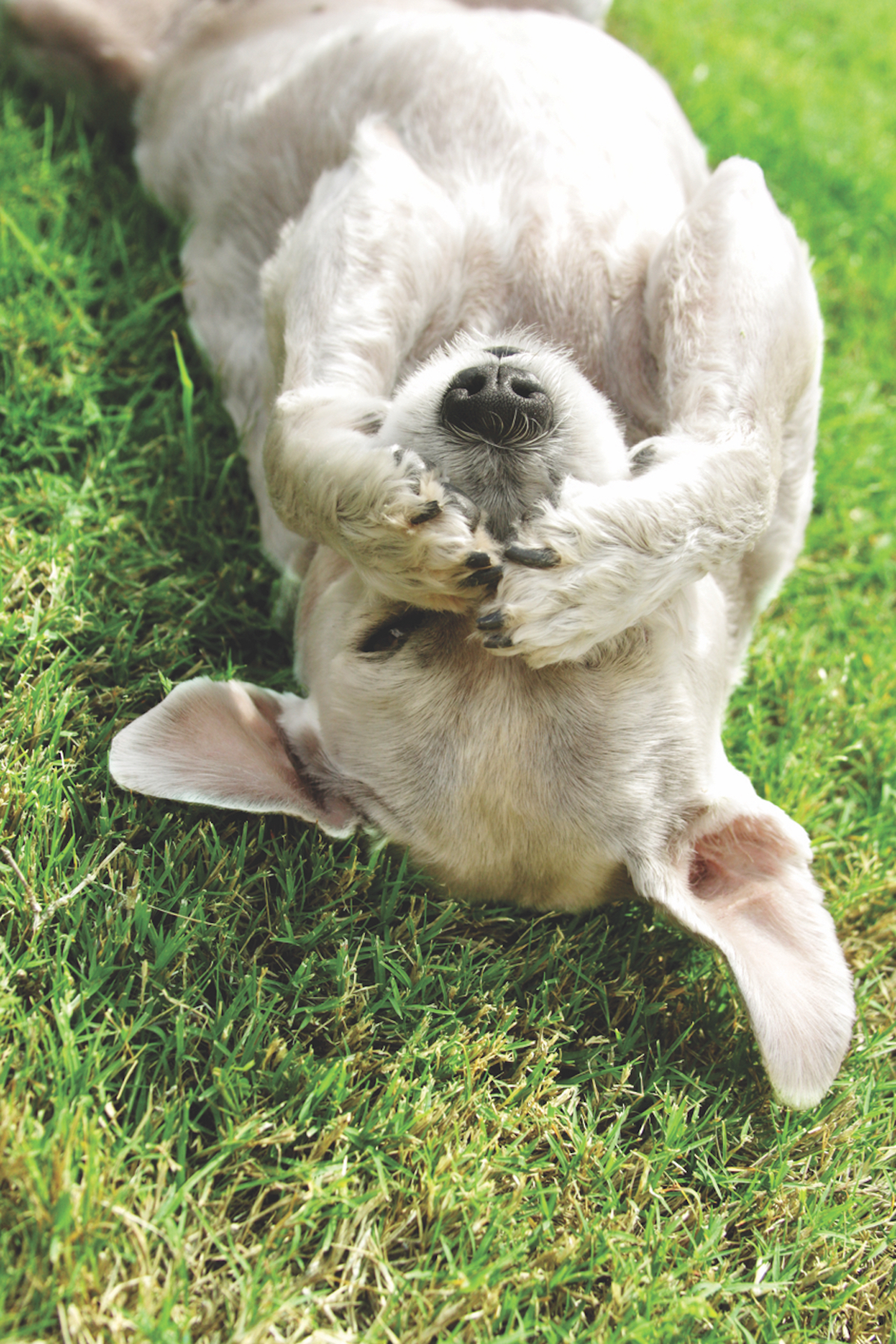By Tracie Korol
On August 14 Proctor & Gamble voluntarily recalled specific lots of Iams and Eukanuba dry pet food (dog and cat) because they have the potential to be contaminated with Salmonella. While the affected lots are small in size, affecting roughly one-tenth of one percent of P&G’s total annual production, it’s a 100% family liability if one of those bags is in your pantry.
More and more often articles are appearing in the news about Salmonella-tainted processed animal foods. Bottom line: Salmonella is a nasty little germ. It appears to live quite happily all over the place and particularly loves to hang out on kibble. The trick to avoiding contact appears to be due diligence in food handling and plain old common sense.
As you know, I am a proponent for feeding dogs real food as much as it is financially feasible. And as you know, I think kibble, even the best, is still fast food processed from creamed mysterious body parts, chemicals and unpronounceable additives in factories that may or may not have good cleaning crews.
If you are a reasonably tidy sort and you personally manage what foods go into your family—and your dog is family, too—then you can be fairly content knowing that Salmonella is probably not going to be an issue. If your food came from a reputable source (hopefully, a local farm), if you handle it properly and prepare it well, whether you choose to feed raw or choose to cook for your Best Friend, you should not be faced with the symptoms. But kibble is currently the prime culprit in pet-related Salmonella outbreaks, not real food.
Pets with Salmonella infections may be lethargic and have diarrhea or bloody diarrhea, fever, and vomiting. Some pets will have only decreased appetite, fever and abdominal pain. Infected but otherwise healthy pets can be carriers and infect other animals or you or the baby or grandma. If your pet has consumed the recalled product and has these symptoms, a visit with your friendly vet would be a good idea.
Salmonella becomes a family problem when unsuspecting humans handle infected kibble—scooping it out of the bin by hand or picking it up off the floor where Scooter has scattered it and then, neglecting to wash hands. All it takes is one pass of the fingers on face or mouth to create some real drama. Healthy people infected with Salmonella should monitor themselves for some or all of the following symptoms: nausea, vomiting, diarrhea or bloody diarrhea, abdominal cramping and fever. Consumers exhibiting these signs after having contact with a contaminated product should contact a healthcare provider.
My personal Salmonella horror movie occurred in my first year of kenneling when, for a treat, I gave each guest a pig ear from the great big bag from Costco. When I opened the door to the kennel the next morning—though, not too much of a surprise given the aroma of the outer office—all 22 dogs had exploded in the night, all ports. Totally my fault and a lesson learned the absolute hardest way and before I even had a cup of coffee. All dogs came through well and were feeling better by bedtime but I now caution folks about the dead serious effects of Salmonella. It’s scary, it’s messy and in extreme case, it’s deadly.
The whole food vs. pathogen contamination comes down to common sense and good hygiene practices when handling your dog’s food:
• Store raw food in the freezer and thaw in the refrigerator
• Store kibble in a sealed container out of reach of children
• Don’t allow children to handle the dog’s food. If they do, make sure they wash their hands afterward
• Properly wash hands, all bowls, utensils and contact surfaces after handling the dog’s food (kibble or raw)
• Limit time raw food is held at room temperature during feeding to less than 2 hours and dispose of food left out for periods longer than this
• Pick up your dog’s poop and always wash your hands with soap and warm water afterward
Dr. Douglas Powell, professor of Pathobiology at Kansas State University writes an amusing barfblog (http://barfblog.foodsafety.ksu.edu/barfblog) with enough solid Salmonella information to cause you to pay serious attention to what you eat, where you shop and what you touch. Consumers curious to know whether the kibble in their pantry is on the recall list should compare lot numbers at www.iams.com or www.eukanuba.com.






